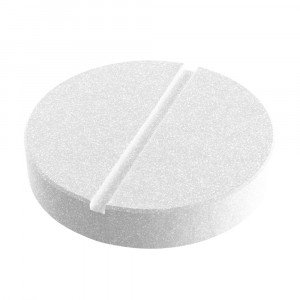 Welcome
Welcome
“May all be happy, may all be healed, may all be at peace and may no one ever suffer."
- A
- B
- C
- D
- E
- F
- G
- H
- I
- J
- K
- L
- M
- N
- O
- P
- Q
- R
- S
- T
- U
- V
- W
- X
- Y
- Z
Tizanidine Hydrochloride - Brands
Tizanidine is a centrally acting skeletal muscle relaxant. Its principal site of action is the spinal cord, where the evidence suggests that, by stimulating presynaptic alpha2 receptors, it inhibits the release of excitatory amino acids that stimulate N-methyl-D aspartate (NMDA) receptors.
Polysynaptic signal transmission at spinal interneuron level, which is responsible for excessive muscle tone, is thus inhibited and muscle tone reduced. In addition to its muscle-relaxant properties, tizanidine also exerts a moderate central analgesic effect.
Pharmacodynamic: Tizanidine is effective in both acute painful muscle spasms and chronic spasticity of spinal and cerebral origin. It reduces resistance to passive movements, alleviates spasms and clonus, and may improve voluntary strength. The antispastic activity (measured by the Ashworth score and pendulum test) and adverse effects (heart rate and blood pressure) of Tizanidine are related to plasma tizanidine concentrations.
To be happy, beautiful, healthy, wealthy, hale and long-lived stay with DM3S.
